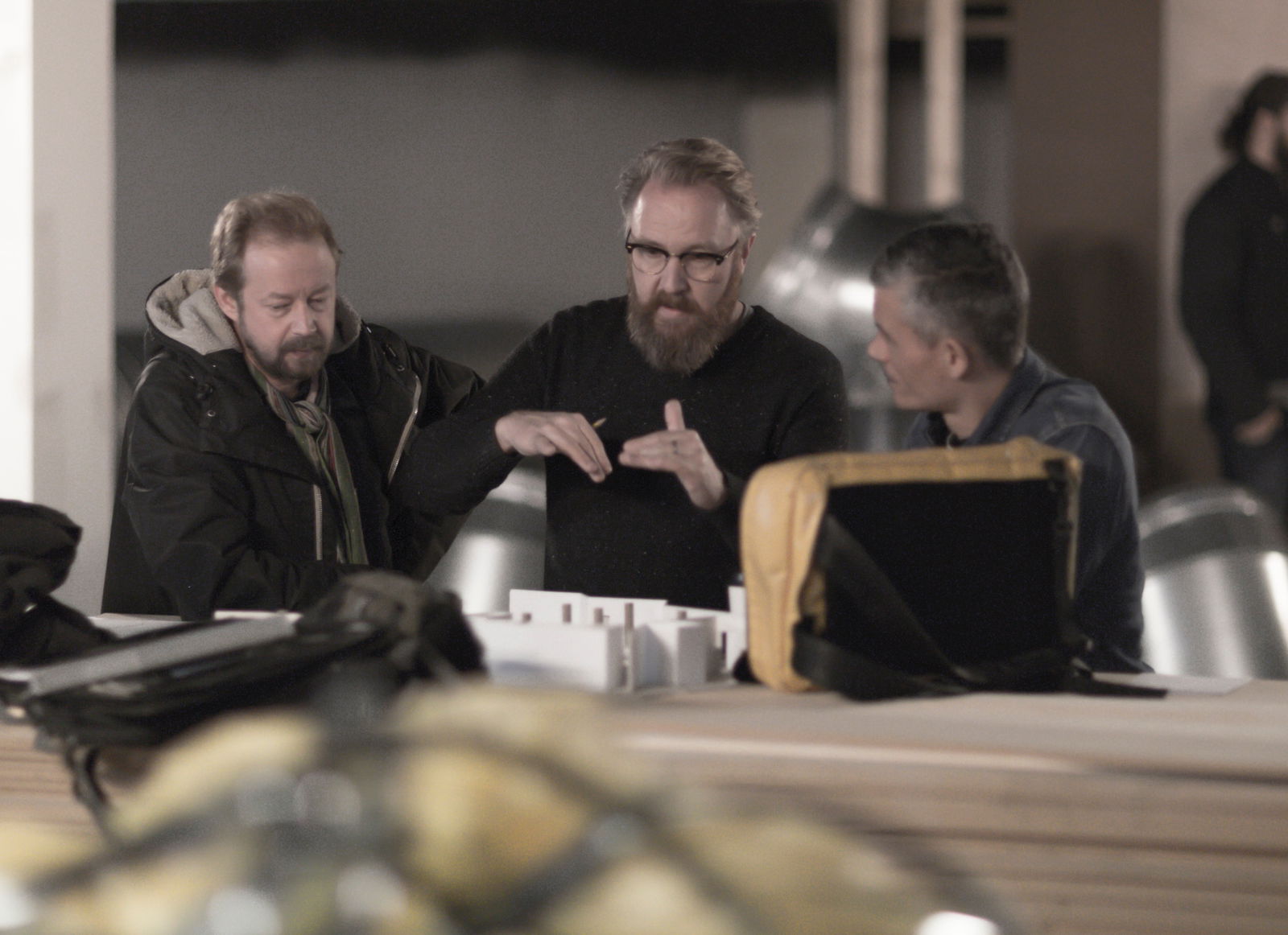Architecture accepting change
Our world has become increasingly complex and interwoven, just like an ecosystem. Architecture used to set the tone for civilizations, but with time a new element has emerged that impacts our society and the physical world we live in, including public spaces, work environments, and even our homes. This element, that should take architecture’s place at the center of the universe, is the brand.
Before getting outraged about this statement and defensive about architecture, it is important to realize that a brand can be anything from a commercial organization, to a city, an NGO, a municipality, person or even a country. Viewing the brand as a first stepping stone affects the design process, education, and even the legal domain.
Ruud Boer created a model that shows what a brand ecosystem looks like, with three circles that build up from the center. The core of a brand encompasses things like its values, mission, and personality. This center is the brand’s mentality, which can be seen as the soul of the brand. It includes the brand’s vision, mission, values and personality. This is all build around the reason why the brand exists in the first place. ‘Why’ is a core concept developed by Simon Sinek, also called the golden circle. Sinek points out that why a brand does something influences how things are done, and what is done. Why is the distinguishing factor and has the power to inspire and persuade others because it showcases raw intrinsic motivation.
From this soul of the brand, a second circle emerges. This next circle includes elements that determine the visual identity, tone of voice and what all senses experience. Lastly, the third circle gives way to four quadrants, the brand design carriers. These carriers consist of products and services, both internal and external communication, and the organization itself. At includi, webelieve another element should be added to those of Boer: the element of association. Our brand associations exist on a deeper subconscious level. The first things that come to mind when thinking of a brand are impulsive associations that determine the mental address of the brand, revealing how we truly feel about it. Boer’s model is a holistic approach, completed with a surrounding aura: behavior. Even if all circles have been completed, without behavior that matches these inner circles everything becomes worthless. Actions speak louder than words, and without coherence and consistency a brand loses its authenticity.

Consistency = efficiency
Architecture used to feel at home at the center of the universe, but now has to find its place in the brand ecosystem. Rather than starting off on their own, architects have a newfound responsibility towards brands. Brand behavior revolves around the organization, including things such as dress code, interior design, and its headquarters. Recognizing that the organization itself is also part of the brand, architects have the complicated task of translating how an organization works into physical means. A brand has the power to nudge architects in a certain direction, if they are willing to listen. Architecture and interior design that respect and reflect the innermost circle of a brand will add two extremely valuable aspect to a brand: coherence and consistency.
Brand success based on consistency leads to efficiency. Knowing your origin helps you navigate the creative process, such as by designing headquarters that reflect your brand’s mentality. Furthermore, accepting brands as the starting point also calls for a shift in education. Art schools would be able to unify all professions by centering them around a brand, from graphic design to architecture. Multidisciplinary approaches are in demand as these help a brand stand the test of time. Finally, nothing is more frustrating than seeing somebody else take your very own ideas. Protecting shapes and designs is exceptionally difficult. Legally protecting a brand is not.
Architects should accept this shift in thinking, and not just design and build for the sake of doing so, but listen to their context responsibly. It is time we adapt to our (brand) ecosystem.

Latest Insights


